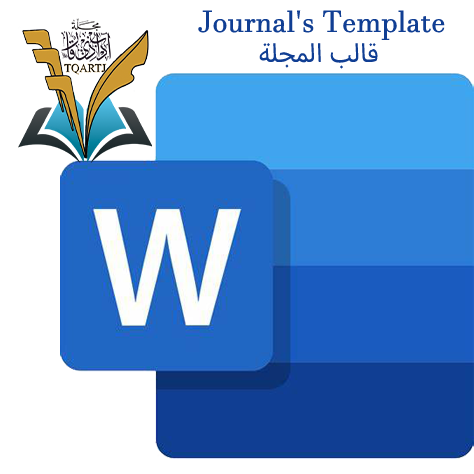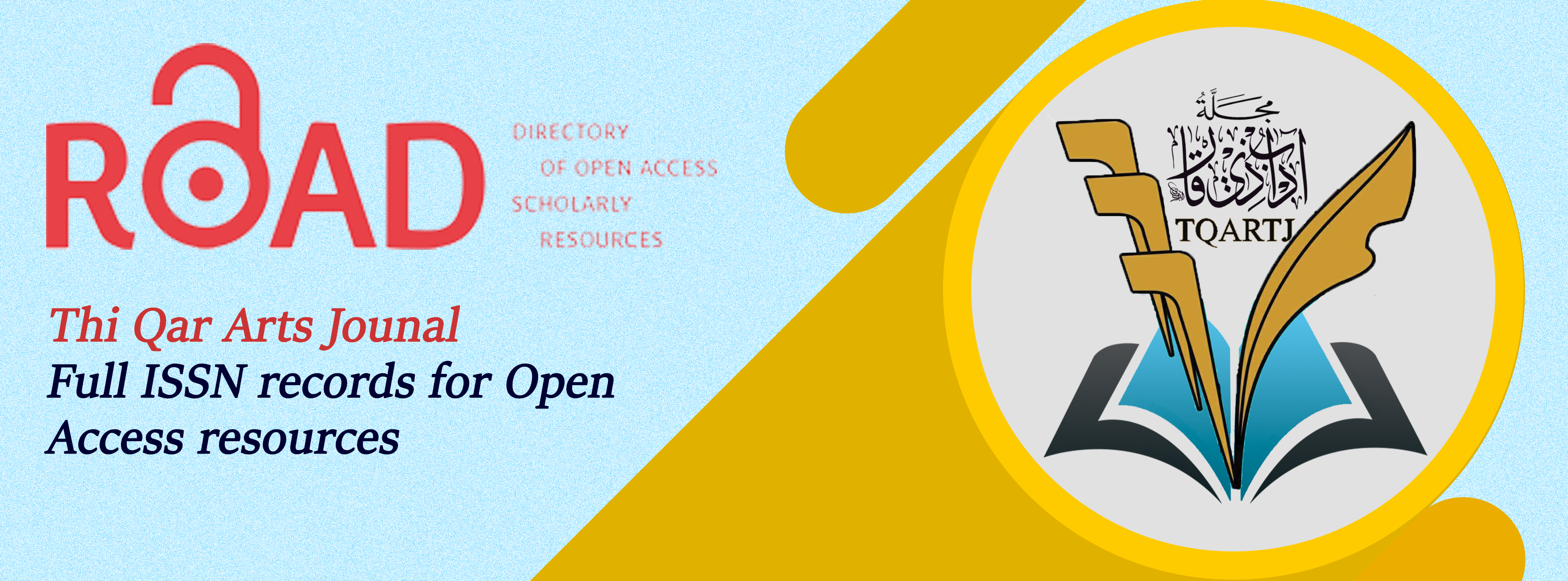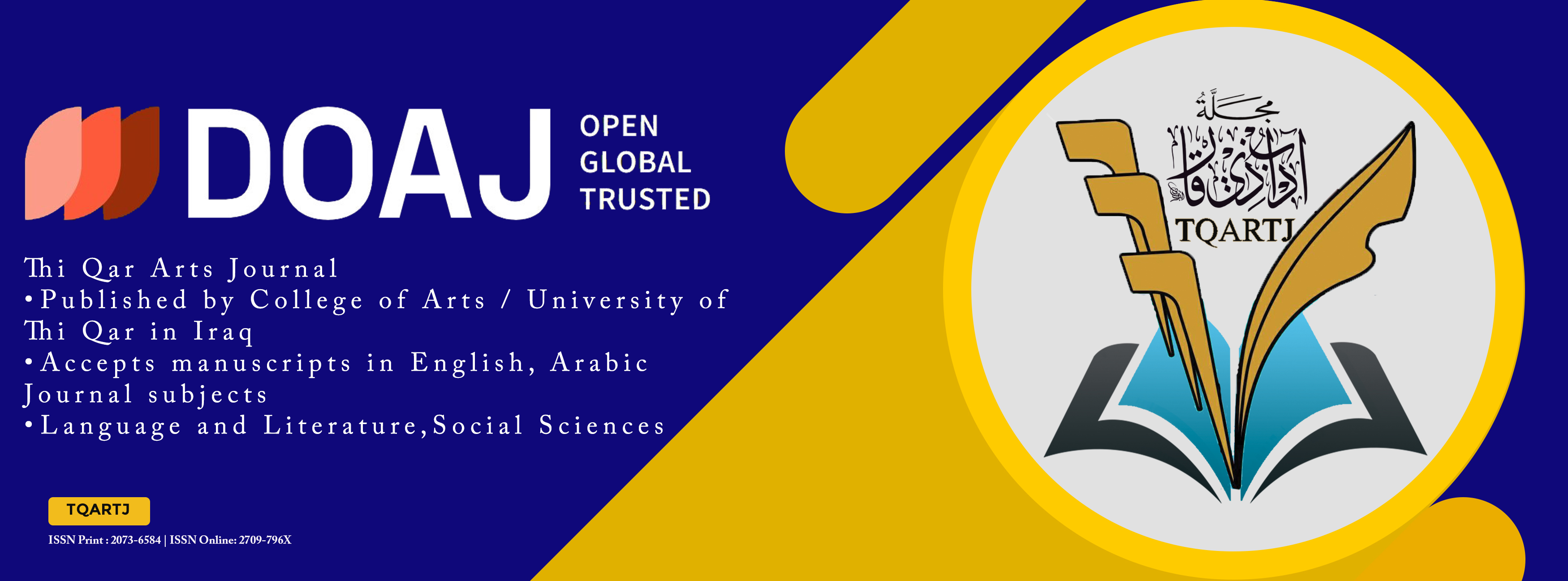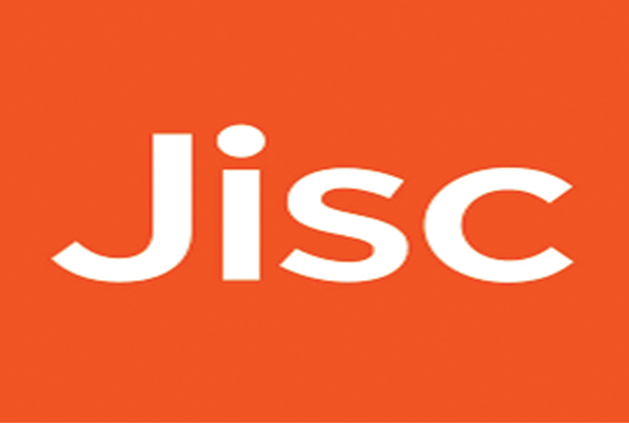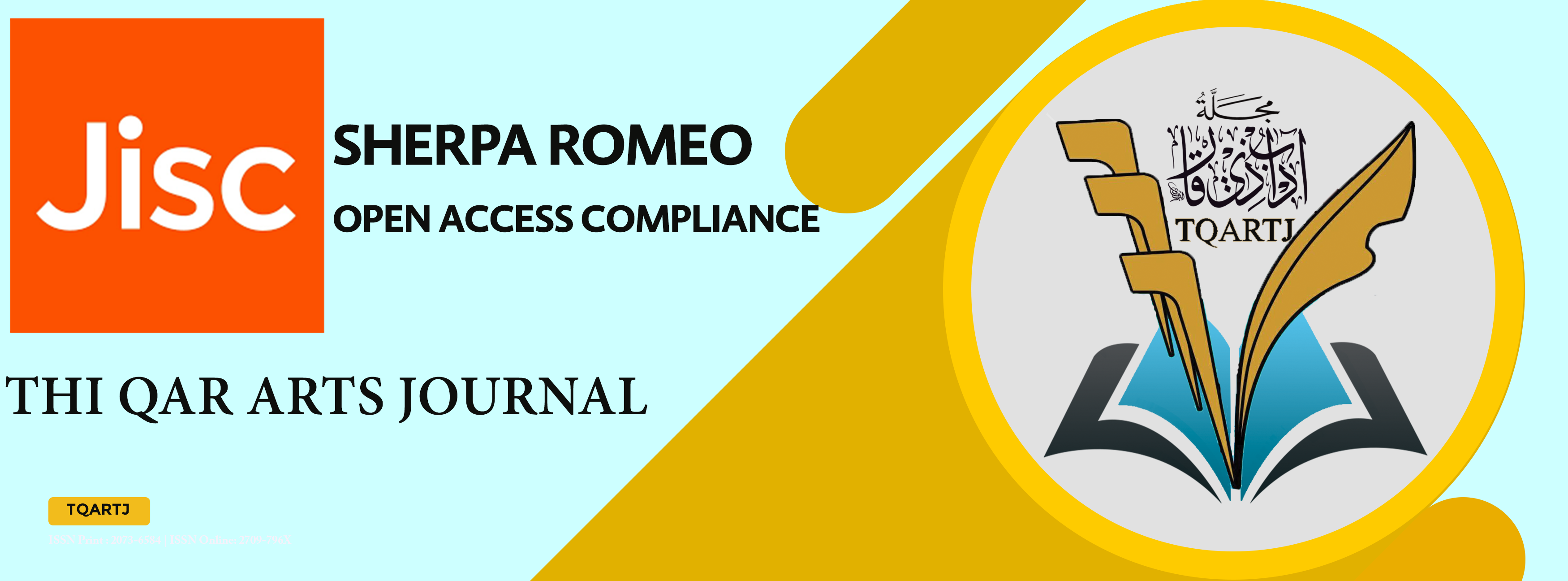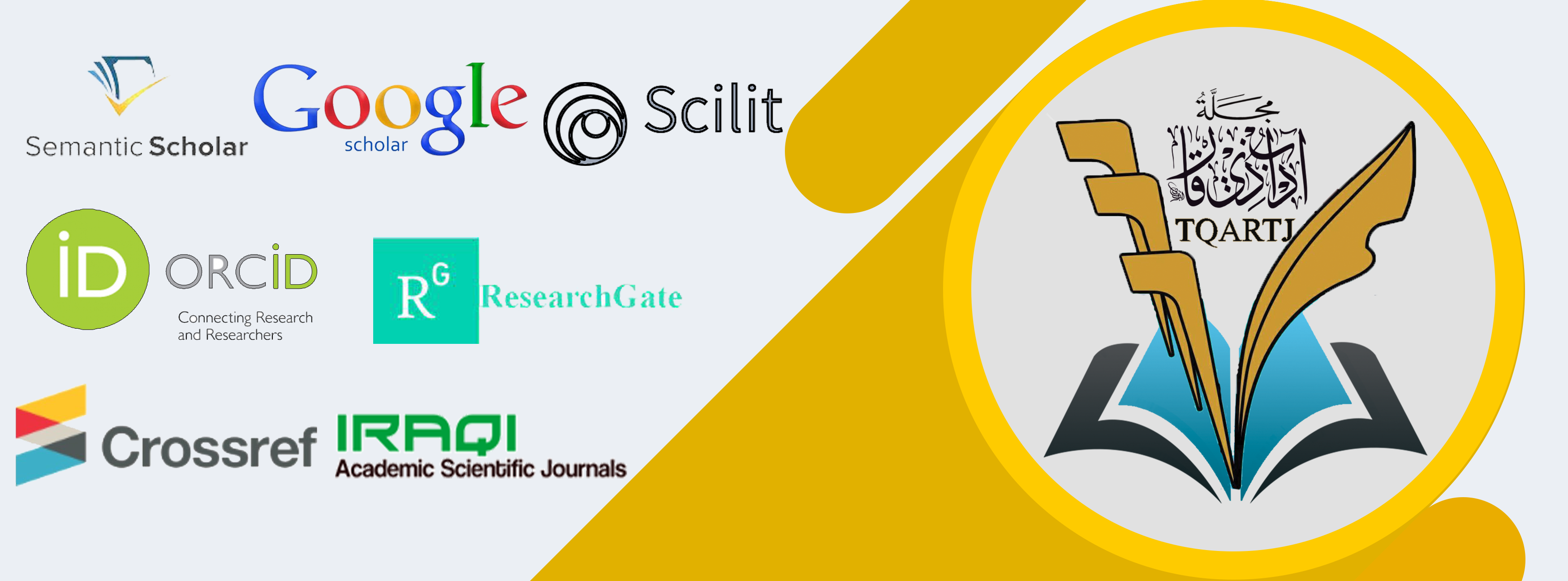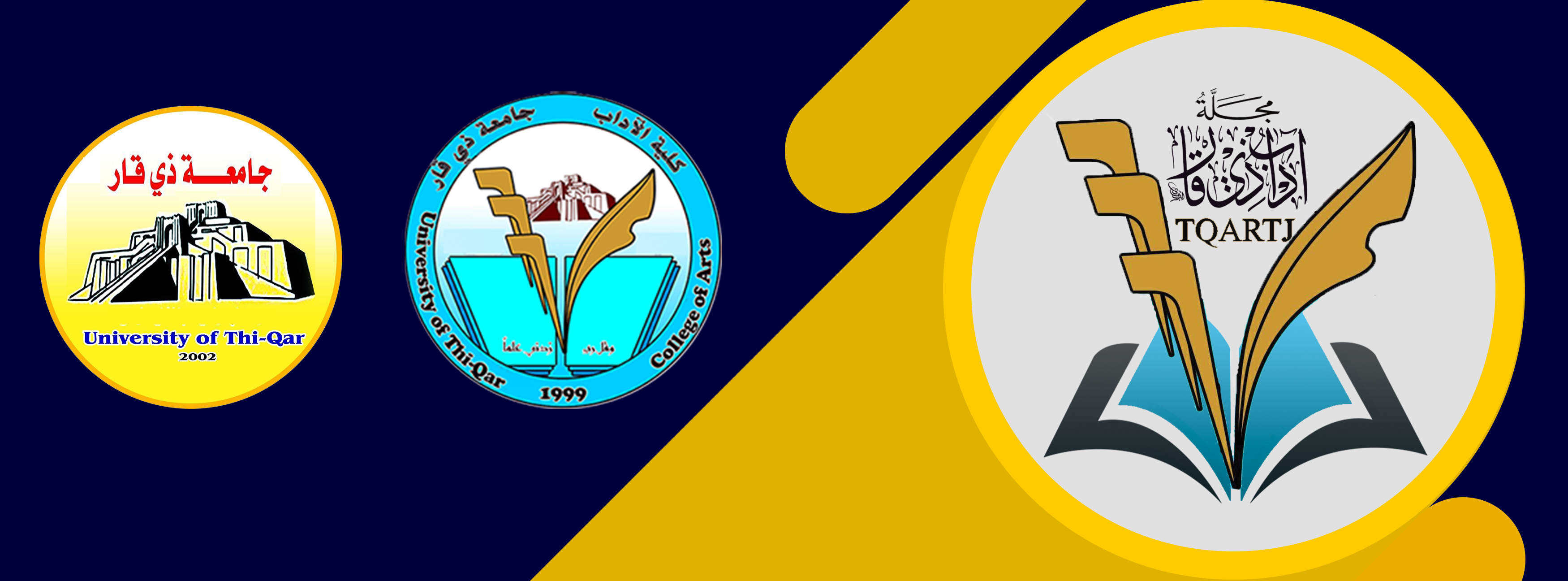The Specificity of Particles of Meaning and the Concept of Shift in the Qur'anic Text
DOI:
https://doi.org/10.32792/tqartj.v51i6.852Keywords:
Linguistic Miracle , Specificity of Usage , Qur'anic Shift (ʿUdūl) . Qur'anic Expression , Alphabet Letters (Ḥurūf al-Tahajjī)Abstract
God Almighty revealed His Noble Book as a miracle to all of humanity, in their languages and modes of expression. Its miraculous nature is evident in its imagery, style, and choice of words, all harmoniously aligned with the meanings of the blessed verses. The Qur'anic expression is woven from words and structures intended to lead, through their composition and understanding, to a higher and nobler purpose: the comprehension of the meanings of the Holy Qur’an, acting upon them, and uncovering the secrets of its linguistic miracle.
From this, we understand that studying the specificity of particles of meaning (ḥurūf al-maʿānī) in Qur'anic expression is a comprehensive and significant topic, as it explores the profound meanings of these particles within the Qur'anic text and reveals their secrets. Therefore, the ultimate goal of scholars, exegetes, and researchers engaged with the Qur'anic text has been to uncover the linguistic miracle of this wise Book.
Accordingly, the title of the research is: "The Specificity of Usage and the Concept of Qur'anic Shift in Particles of Meaning." The central question is: Does the Qur’an prefer one particle over another, one word over another, or one form over another? Or does each particle have its own unique specificity? This is what the research aims to answer, God willing.
The research is divided into three main sections:
- The Specificity of Usage and the Concept of Shift in Prepositions (ḥurūf al-jarr)
- The Specificity of Usage and the Concept of Shift in Conjunctions (ḥurūf al-ʿaṭf)
- The Specificity of Usage and the Concept of Shift in Oath Particles (ḥurūf al-qasam)
Finally, the conclusion presents the most prominent findings of the research, followed by a list of the sources that were utilized in completing the study.
Downloads
References
المصادر :
أولا :القران الكريم
ثانيا : الكتب المطبوعة
1- انوار التنزيل واسرار التأويل المعروف بتفسير البيضاوي : ناصر الدين ابي الخير عبد الله بن عمر بن محمد الشيرازي الشافعي البيضاوي (ت691هـ) ،اعداد وتقديم محمد عبد الرحمن المرعشلي ،دار احياء التراث العربي ،مؤسسة التاريخ العربي بيروت – لبنان (د.ت).
2- ايسر التفاسير لكلام العلي الكبير وبهامشه (نهر الخير) على ايسر التفاسير لابي بكر جابر الجزائري الطبعة الثالثة 1410ه-ـ1990م .
3- البحر المحيط في التفسير: لمحمد بن يوسف الشهير بابي حيان الاندلسي الغرناطي (ت 754هـ)، بعناية صدقي محمد جميل ،دار الفكر للطباعة والنشر والتوزيع ، بيروت -لبنان 1432هـ-2010
4- البلاغة العالية في علم المعاني: تأليف عبد المتعال الصعيدي، قدم له وراجعه الدكتور عبد القادر حسين ،مكتبة الآداب ومطبعتها، الطبعة الثانية 1411هـ1991م القاهرة .
5- تأويل مشكل القران :لابن قتيبة ابي محمد عبد الله بن مسلم بن قتيبة ، شرحه ونشره احمد صقر المكتبة العلمية (د، ت).
6- التبيان في اعراب القران :(يعرض لاهم وجوه القراءات ، ويعرب جميع أي القران )لابي البقاء عبد الله بن الحسين العكبري (ت 616هـ) تحقيق علي محمد البجاوي ،دار عيسى البابي الحلبي وشركاه (د، ت).
7- التبيان في اقسام القران: لشمس الدين أبو عبد الله ، ابن القيم الجوزية (ت 751هـ) دار الكتب العلمية بيروت ،1402ه -1980م .
8- التسهيل في شرح ابن عقيل دروس وتطبيقات: الدكتور هادي نهر ،الطبعة الأولى، دار الامل للنشر والتوزيع ،اربد – الأردن .(د، ت)
9- التعبير القراني ،الدكتور فاضل صالح السامرائي ،الطبعة الخامسة دار عمار للنشر ،عمان الأردن ،1998م
10- التعبير القرآني، الدكتور فاضل السامرائي، الطبعة الخامسة ، دار عمار ،الأردن -عمان ،1998م
11- تفسير ابي السعود المسمى ارشاد العقل السليم الى مزايا القران الكريم: لقاضي القضاة الامام ابي السعود محمد بن محمد العمادي (ت 982هـ)(د ،ت)
Published
Issue
Section
License
Copyright (c) 2025 mohmmed Zegeer Hamad

This work is licensed under a Creative Commons Attribution 4.0 International License.
The journal applies the license of CC BY (a Creative Commons Attribution International license). This license allows authors to keep ownership of the copyright of their papers. But this license permits any user to download, print out, extract, reuse, archive, and distribute the article, so long as appropriate credit is given to the authors and the source of the work. The license ensures that the article will be available as widely as possible and that the article can be included in any scientific archive.




